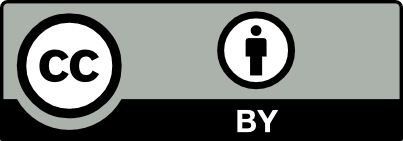USE OF PROCESS VACCINE HAIRS OF ENZYMATIC PELAMBRE OF CURTIEMBRES IN THE LEAD REMOVAL
Abstract
In this study, waste hairs of the enzymatic unhairing process (PPE) of tannery were used as adsorbents to remove lead of a solution. Waste hairs were treated with acid hydrolysis and used in the type batch adsorption experiments, to be examined the effect of pH on the adsorption and also to investigate the mechanism of adsorption for which studies adsorption isotherms and the adsorption kinetics of Pb (II) were performed on treated hairs. The results showed that adsorption of Pb (II) was pH dependent with the optimum pH of 7. Isotherm studies showed that experimental data match the pattern of the Langmuir isotherm for the case of treated hairs of the enzymatic unhairing process (PTPE). The maximum adsorption capacity was 321.20 mg Pb (II)/g of bioadsobent (PTPE). The kinetic studies showed that the reaction model of pseudo-second order best describes the adsorption process. Finally, the study showed that residues of hairs of the enzymatic unhairing process can be used as effective adsorbents for the removal of lead (II).
Downloads
Copyright (c) 2016 Sociedad Química del Perú

This work is licensed under a Creative Commons Attribution 4.0 International License.
Revista Arbitrada
Derechos reservados: Prohibido el uso total o parcial del material de esta revista sin indicar la fuente de origen.
Nota: Las referencias comerciales que aparecen en los trabajos no constituyen una recomendación de la
Sociedad Química del Perú










